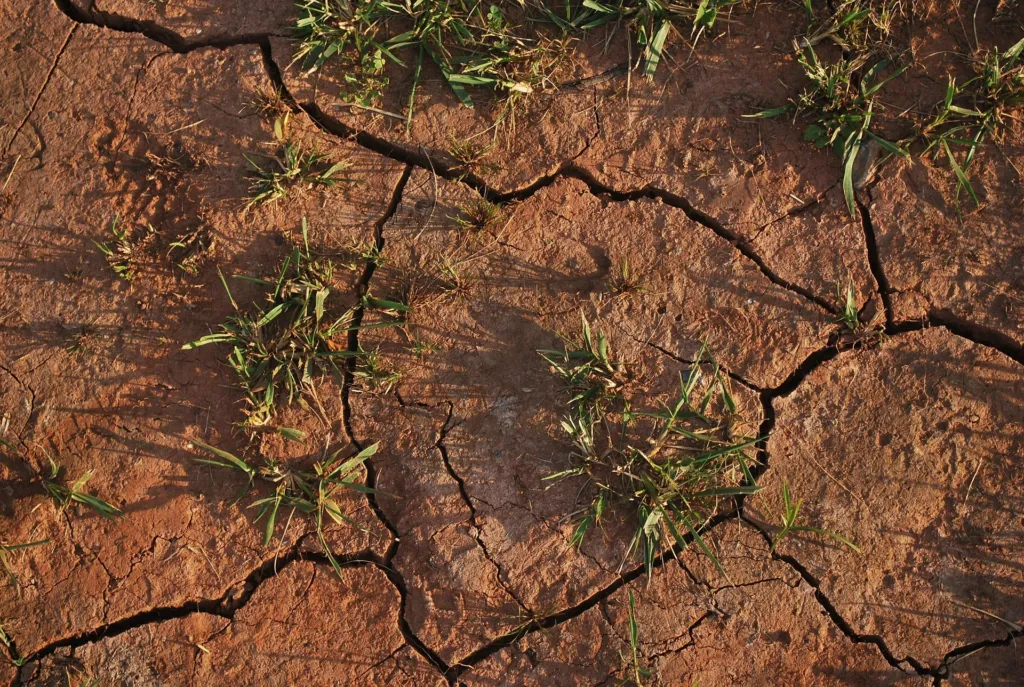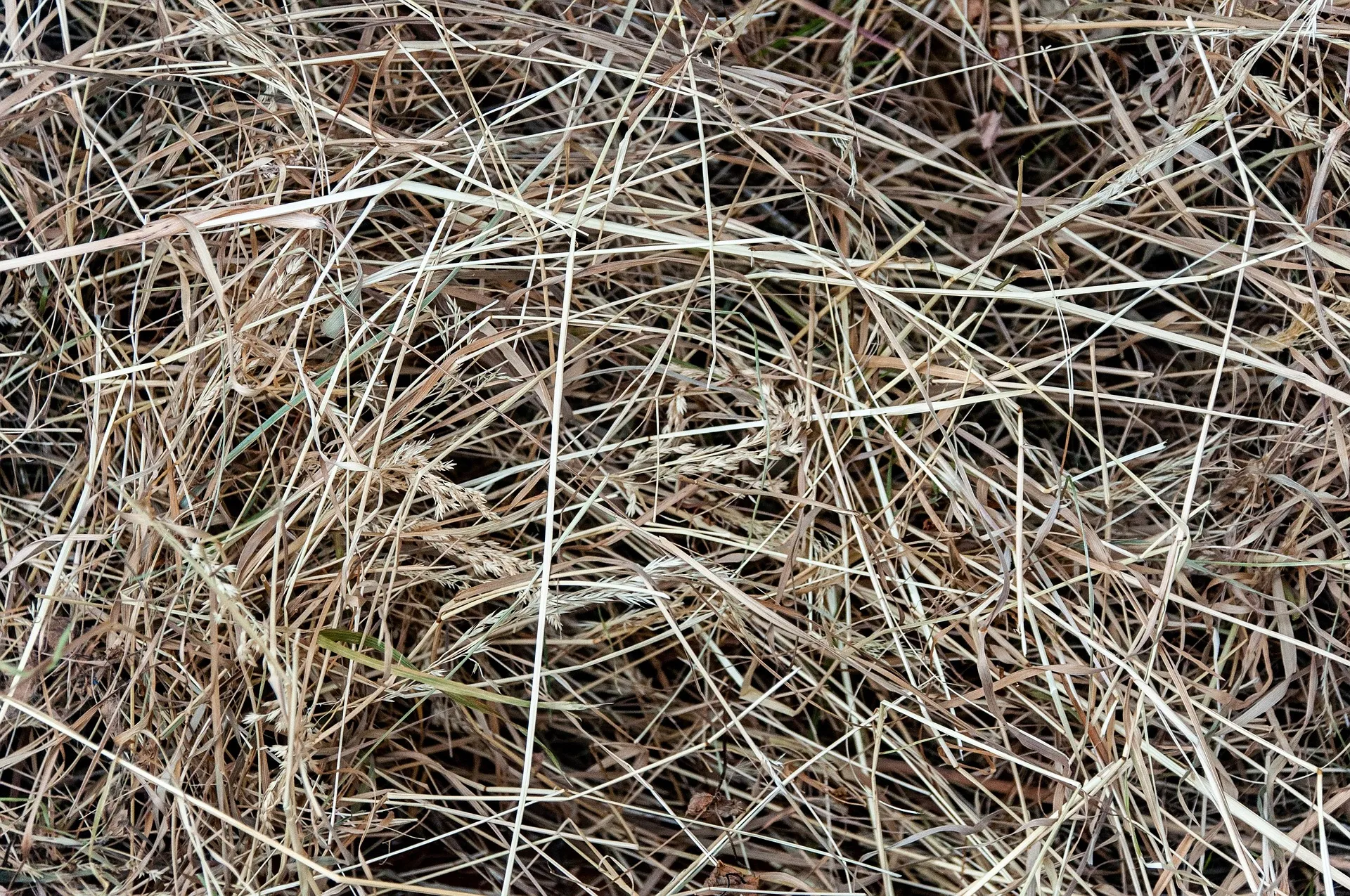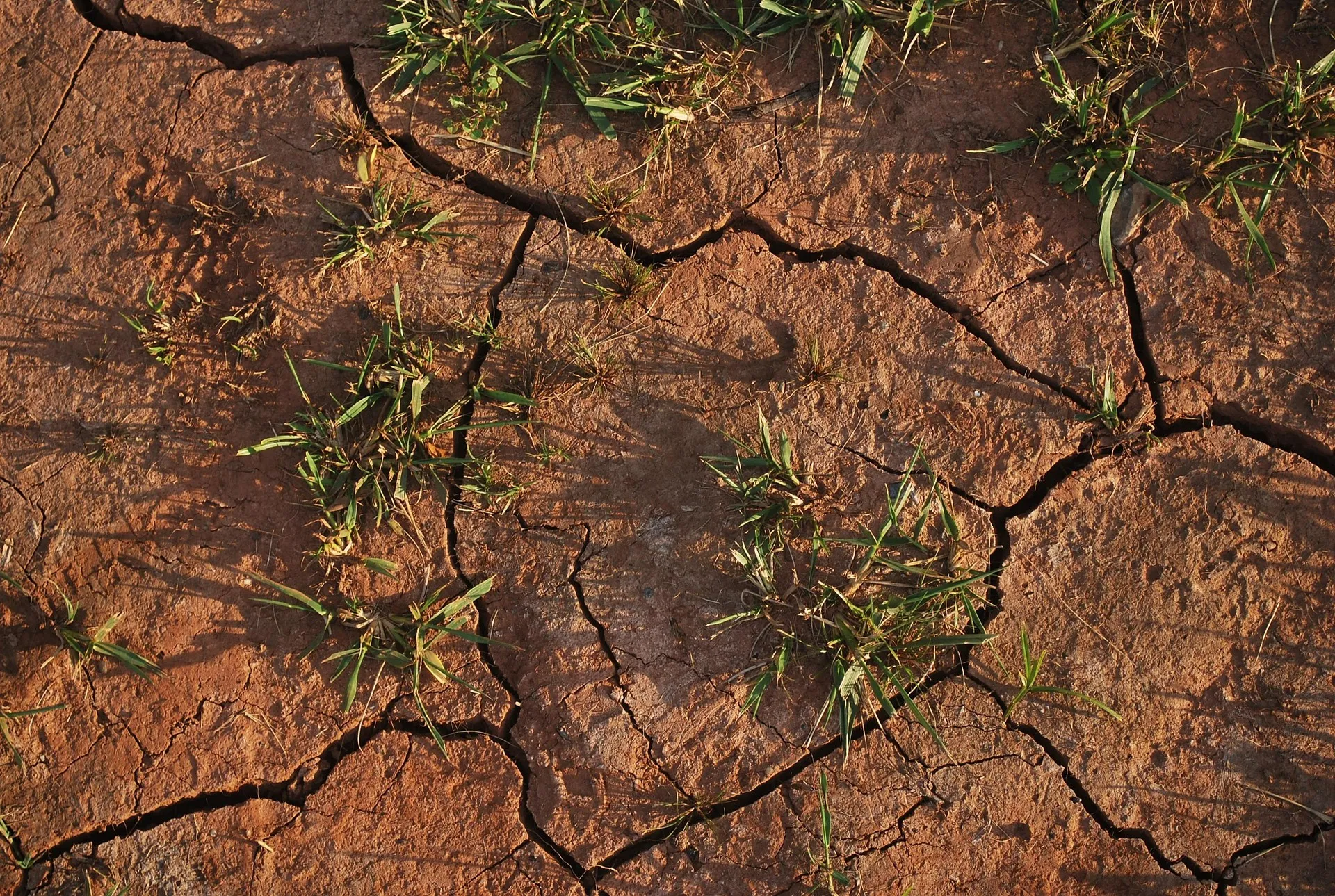
Lawn Dying In the Summer? Here’s Why Texas Grass Suffers
5 Reasons Grass In Austin May Look Worse Suddenly
Watching your lush green lawn fade to brown in the summer heat can be heartbreaking. You water it, mow it, and care for it…so why is it struggling? The truth is, a lawn dying in summer is often due to simple (but fixable) mistakes.

Before you give up on your grass, let’s uncover the top 5 reasons your lawn might be suffering and exactly how to revive it.
-
Watering Mistakes
Watering your lawn in Austin, TX seems simple, but doing it wrong is the fastest way to kill grass in summer. Most homeowners don’t get it 100% correct.
How to Water Like a Pro:
- Best Time: Water between 5-9 a.m. This reduces evaporation and prevents fungal growth.
- Deep Soak, Not Sprinkles: Aim for 1-1.5 inches per week, delivered in 1-2 sessions (not daily light sprays).
- Measure It: Use a rain gauge or empty tuna can to ensure even coverage.
Common Watering Blunders:
- Nighttime watering actually can promote fungus.
- Frequent light watering may lead to shallow roots.
- Overwatering could possibly drown roots and will definitely waste water.
Here’s the way to conduct a quick Test: Step on your grass. If it bounces back, it’s healthy. If it stays flat, it’s dehydrated.
-
Fungus or Drought Causing Stress
Brown patches can mean two very different problems: drought stress or lawn disease. Here’s how to diagnose them.
Drought Stress Symptoms
- Uniform brown or grayish color
- Cracked, dry soil
- Grass blades curling inward
The solution? Adjust watering habits and consider drought-resistant grass types.
Lawn Fungus Warning Signs
- Irregular brown/yellow patches
- White, pink, or black spots on blades
- Slimy texture or musty odor
Here are three ways to fix it:
- Water in the morning (never at night).
- Apply fungicide (for brown patch or dollar spot).
- Improve airflow by trimming nearby shrubs.
-
Mowing Grass Too Short
Cutting grass too low stresses it, invites weeds, and speeds up moisture loss.

Smart Summer Mowing Tips:
- Never remove more than 1/3 of the blade at once.
- Keep grass taller (3-4 inches for cool-season, 2-3 inches for warm-season).
- Sharpen blades because dull mowers tear grass, leaving it vulnerable.
What Happens If You Scalp Your Lawn?
- Roots shrink, making the grass less drought-resistant.
- Soil bakes faster and leads to more heat stress.
- Weeds (like crabgrass) move in.
Bonus tip: Leave clippings since they’ll return key nutrients to the soil!
-
Dog Urine Burns
Austin residents love pets! But if you notice small, circular dead spots, your furry friend might be the culprit.
How to Repair & Prevent Dog Spots:
- Rinse urine spots immediately with water.
- Train dogs to use a mulch or gravel area.
- Neutralize damage with gypsum or lawn repair treatments.
Myth debunked! Both male and female dogs cause urine burns. It’s not just a female dog issue!
-
Insect Damage
A lawn dying in the summer is especially common if you have common pests in your yard. They chew through grass roots, while chinch bugs and sod webworms attack from above.
Signs of an Insect Invasion
- Spongy turf that lifts like carpet.
- Birds/raccoons digging up your lawn (they eat bugs).
- Gray moths hovering (adult sod webworms).
How to Eliminate Lawn Pests
The best option is to let Real Green apply targeted pest control treatments. Our professional applications are effective and long-lasting, so you can enjoy a worry-free summer…and beyond!
Bring Your Summer Lawn Back to Life!
A lawn dying in summer isn’t doomed. It’s just sending an SOS. By fixing watering errors, fungal outbreaks, mowing mishaps, pet damage, or pests, you can restore its health.
Get in touch with the lawn care experts at Real Green. We proudly serve Austin and the surrounding communities of Central Texas, ensuring high-quality lawn care and pest control services across the area.
